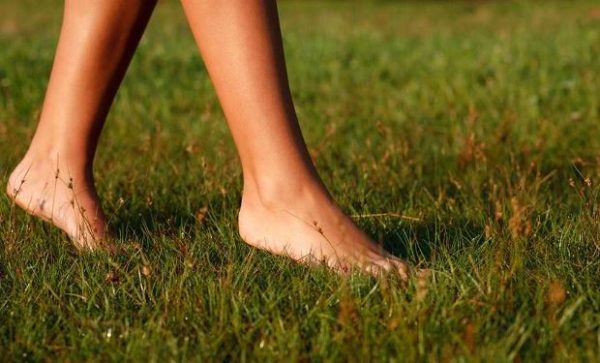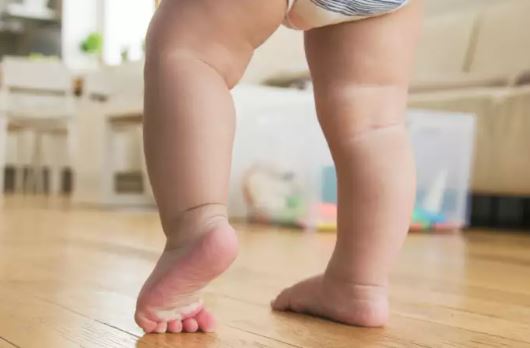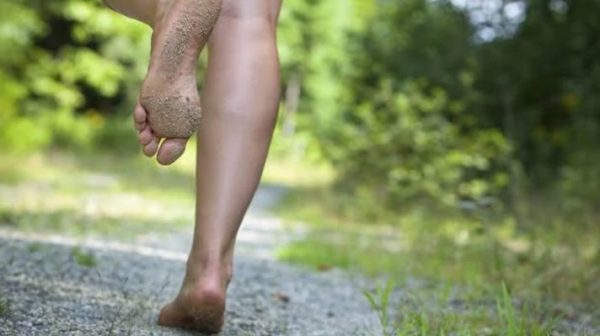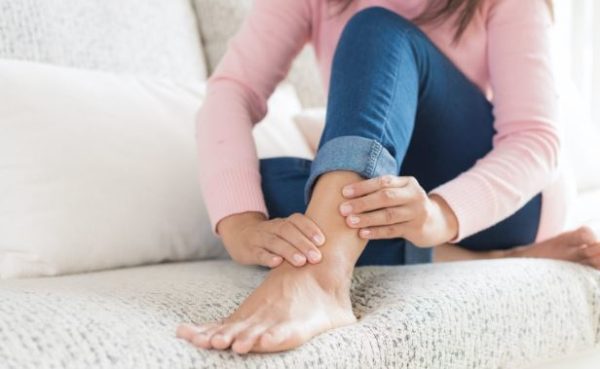More in Lifestyle
-


Lifestyle
Are 5G networks putting our health at risk?
By bukkyLet’s be honest—whenever there’s a new technology, it’s completely natural to ask, “But is this safe?”...
-


Lifestyle
7 things they don’t teach you about job hunting in South Africa
By bukkyNo one really prepares you for what it’s like to job hunt in South Africa. You...
-


Lifestyle
Say goodbye to boring packed lunches with these tasty tips
By bukkyBecause you deserve more than a cold sandwich and regret at noon. Let’s be honest: packed...
-


Lifestyle
10 most mispronounced baby names & why parents still love them
By bukkyChoosing a baby name is personal. For some parents, it’s about meaning. For others, it’s about...
-


Lifestyle
How to stretch your small salary to last throughout the month
By bukkyIt’s the beginning of the month, and as expected, your account is bubbling because you’ve barely...
Advertisement
- Shebeshxt’s lookalike takes over his gigs while rapper is in jail
- Felix Hlophe reportedly pays lobola for ex Ayanda Bhengu, officially welcoming her as second wife
- Zee Nxumalo graces Glamour magazine cover
- DJ Karri gifts friend a brand new Mercedes for his birthday (Video)
- Nadia Nakai shows off her bare derriere to fans
- Pearl Thusi and daughter in tears at DJ Warras’ memorial service (Video)
- Sol Phenduka breaks silence on cryptic tweet shared before DJ Warras’ death
- Seventeen initiates die in Eastern Cape as illegal initiation schools come under scrutiny
- Junior King’s family confirms funeral details for late rapper and dancer
- Johannesburg authorities identify person of interest in DJ Warras’ murder





